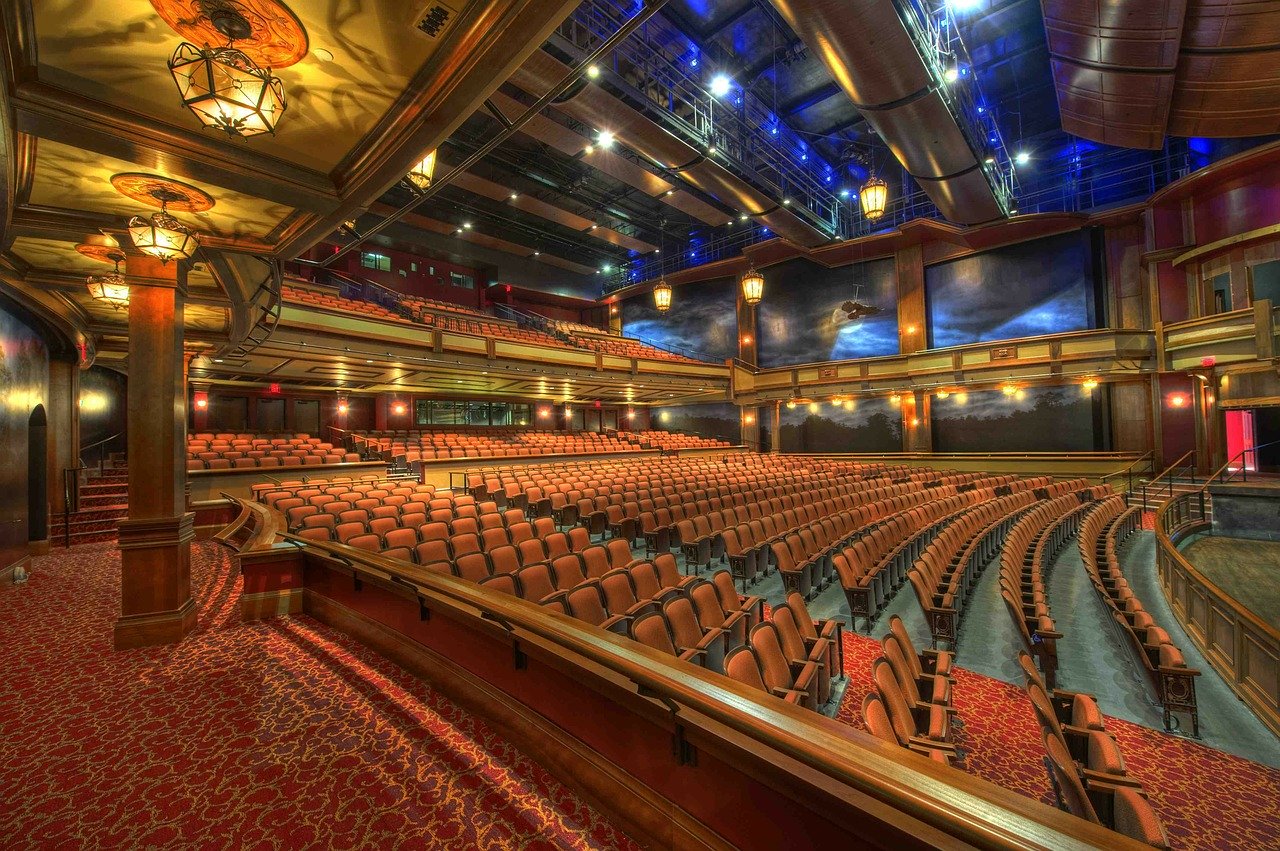The world of entertainment looks dark this year. A great number of events have been cancelled and large concentrations of people banned. Tours, competitions, performances and seasons ended suddenly, bringing life to a halt in theatres and cultural halls.
Social isolation is necessary to prevent the coronavirus from continuing to spread, but the financial threat to many sectors has society alarmed. After months of quarantine, controls and social distancing, many governments and entrepreneurs are seeking a way to mobilize the economy; doubts are becoming more pronounced every day: should the quarantine be continued? Should flexibilities be reduced or extended?
Avoiding contagion should be the main task, but it is not an easy decision to make when so many people are at risk from hunger. The current reality not only affects health but also the economy. How are employees in sectors that are paralyzed going to survive?
Hundreds and thousands of people depend on each show, production and event. The most visible faces are those of the artists, but there are a lot of workers behind them. Due to the fact that they are not producing money, it will be difficult for these arts organizations to maintain the number of employees they had at the beginning of 2020.
In March, Cirque du Soleil announced the temporary layoff of more than four thousand employees. This is one of the largest companies in the sector with shows around the world, but the coronavirus has put them in financial difficulty by not being able to open their doors. Despite the bad news, one of Cirque du Soleil’s founders, Guy Laliberté, who had sold his shares in 2015, is developing some proposals to help the company revive.
In many cases, a reactivation is not expected anytime soon. Many companies have announced the suspension of their spring and summer seasons, while others have already begun postponing their dates to 2021. The Kennedy Center, for example, cancelled most of its 2020 dates, which will cause losses, related to COVID-19, of around $90 million.
Art centers have been evaluating the possibilities extensively. Among some approaches, small programs in larger spaces or outdoor performances are proposed. But larger concentrations will not be possible, which considerably reduces the number of viable performances in the main auditoriums. Organizations have also been thinking about how to seat people and how to motivate the audience to go to public acts, though these measures would not be immediate.
One image that recently made an impact on fans of the arts was the one shown by the Berliner Ensemble in Germany. In this theatre, a large part of the seats were removed to leave enough space between people. This could be the new “normality” in cultural centers for the coming seasons, where perhaps the current ticket prices will not be enough to cover the production costs.
To endure these days of uncertainty in the entertainment business, companies and theatres are appealing to the goodwill of the public. With the donations, they may be able to stay closed for a while longer, but it must be considered that many of them will not be able to start their activities at full capacity as in other sectors, because crowds will continue to be forbidden.
Digital events are also allowing many artists to remain active or even to raise funds, but that is not the appropriate scenario for all the shows, some need a special physical space and interaction with the audience to achieve the necessary staging.
I don’t think anyone can imagine a world without culture and art. I can’t. The coming months may not be easy, some entertainment companies are likely to close, others will have to reinvent themselves. Surviving in this reality will not necessarily be effortless, but they have no alternative, the scenarios must continue to be active, because art is one of the elements that keeps societies alive.
I remember spending my childhood in theaters, enjoying plays, symphony concerts and ballet recitals. The feeling of being in a seat watching live performances is incomparable. The energy is also unique for the artists when they have the audience with them. The public-artist relationship is vital in the art world, both need to experience, connect and nurture each other in order to exist in a healthy way. I hope that they will find how to stay on stage providing hope to their communities, in the meantime, those who have the possibility to help: this is the best time to contribute to keep the artistic scene alive.
Image credit: David Mark

